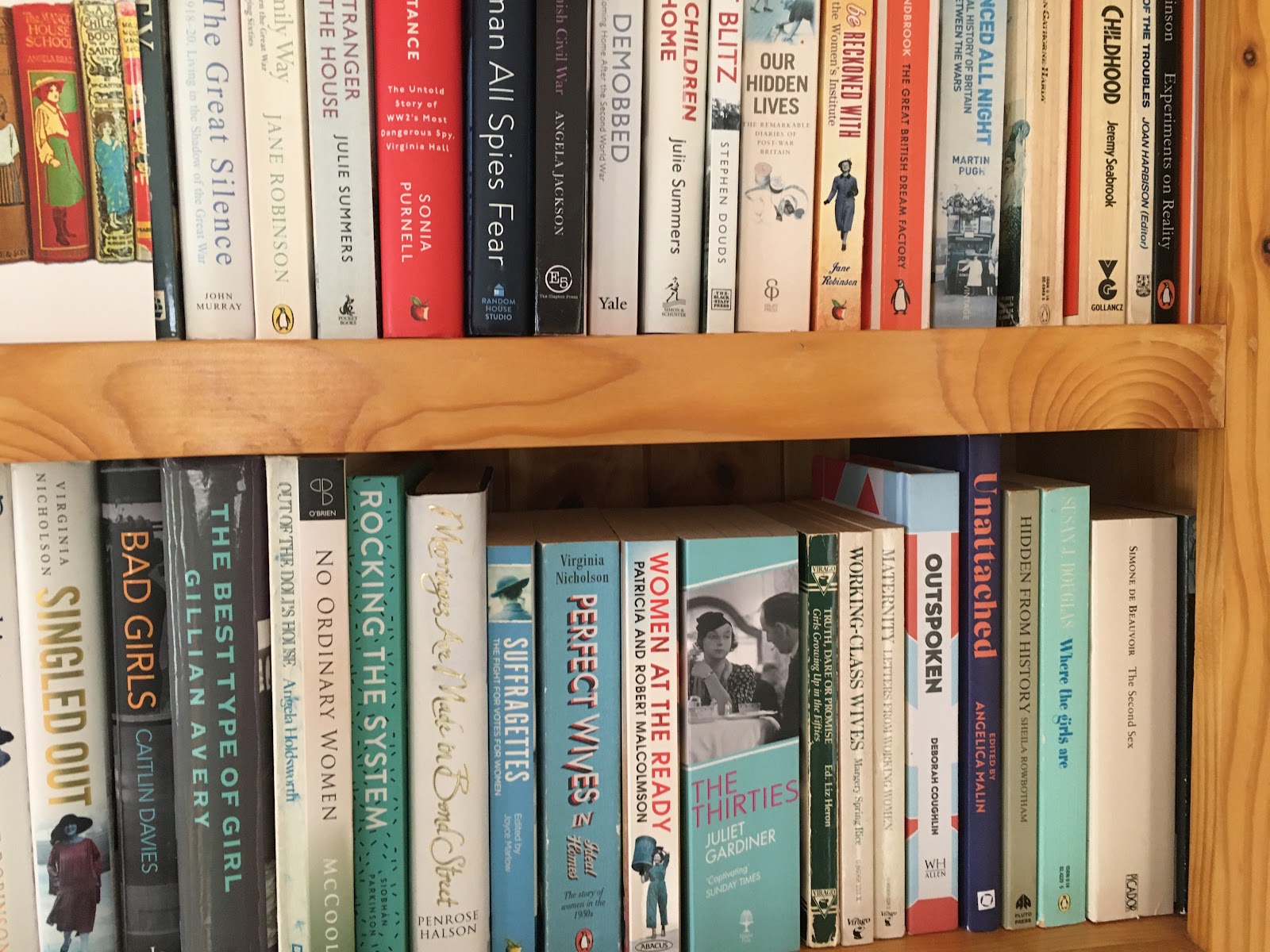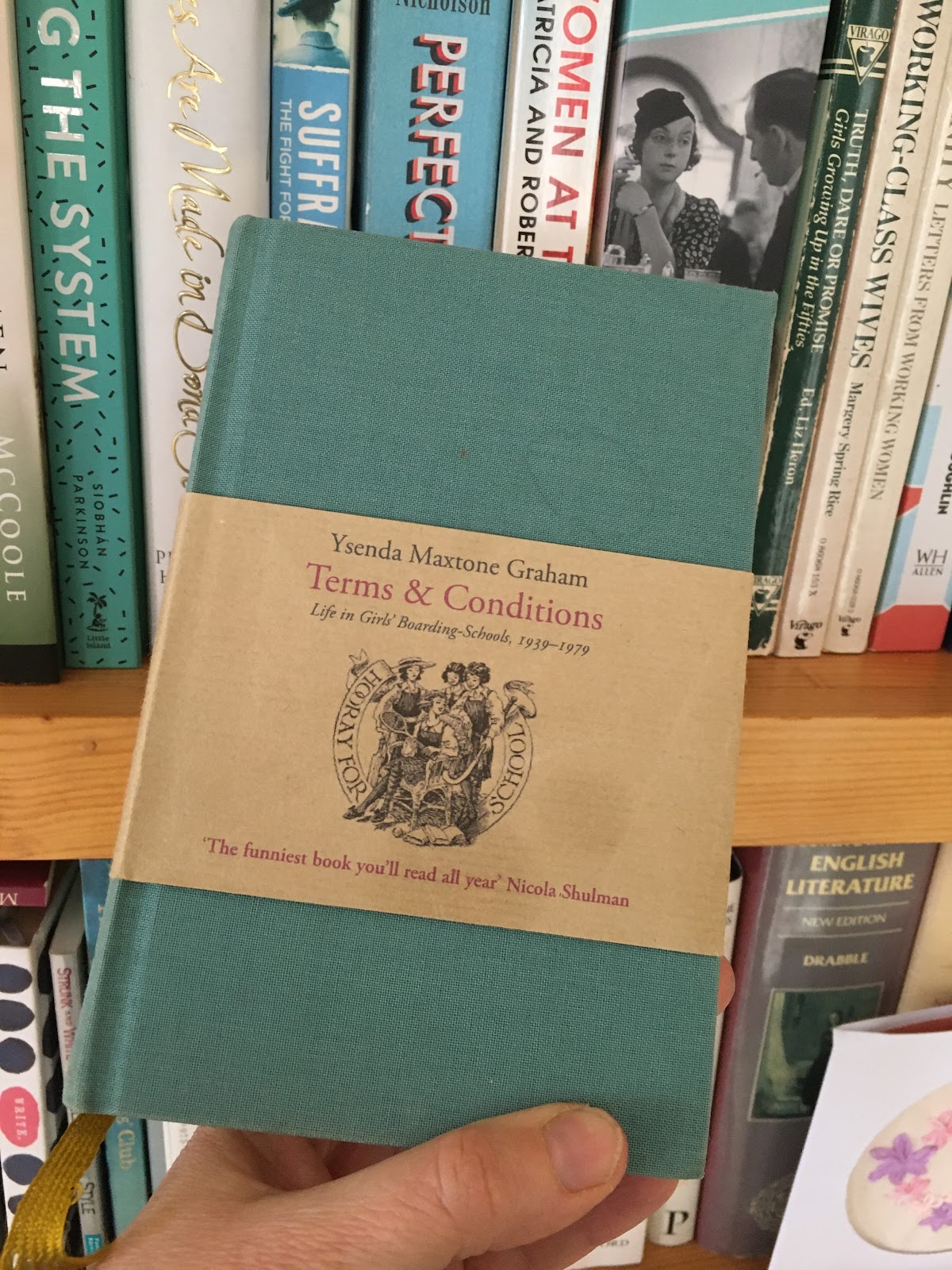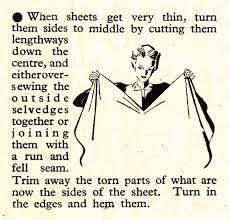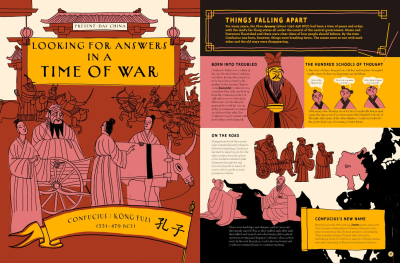Having recently moved house, for what really must be the last time, I have become acutely aware of just how much ‘stuff’ I have. Much of this has accompanied me on my life’s perambulations from south London, via the Isle of Wight, to North Devon, with a short side spell in Buckinghamshire thrown in. Other items have joined the collection more recently, since I became my oldest relative, a sobering thought. These possessions, some of whose history stretches back four, or perhaps five, generations, come with associated stories, stories that have been diminishing with each retelling. There is the collection of artefacts that great-grandad brought back from India, or was it China? Or perhaps it wasn’t great-grandad at all but his father.
There’s great grandmother Clara’s quilt that has been worked on by five, soon to be six, generations.
Then there is grandad Frederick’s games box, a little dilapidated round the edges but still played with.
The mixing bowl, that was a wedding present to my parents in 1947, has less history attached but it is still in use to make the annual Christmas cake and has a significance none the less.
I fully appreciate what a privilege it is to have these treasures and I don’t take the responsibility lightly.
What makes these items of material culture, these ‘things’, transform into precious heirlooms. Why am I moving them from home to home and giving them room in my tiny house? It is the association. An heirloom is such because it reminds us of a person, an occasion or a place. It is something that has been, or will be, handed down in the family. A thing only becomes an heirloom, only becomes something that is likely to be treasured and passed on, if the significance of that object is known and handed on too. One of the ways in which I pass my time, is to participate in a project that seeks to preserve the stories of misfortunate women, whose lives might otherwise be forgotten. I am now on a mission to encourage others to record the biographies of their precious possessions, stories that equally might easily be lost.
Acutely aware that, when I am no longer around to be their custodian, my descendants might deposit these items that I treasure in the nearest charity shop, or worse still skip, I recently set out to record the stories behind these heirlooms. At least then my family will be aware of what the are discarding and at the very least, photographs and the stories will survive. So much of the oral history associated with these objects and their original owners has already been lost, I vowed that I would allow no more to disappear. I decided that I would preserve what I knew on what is currently a fledgling website. Eventually, I will ensure that the same information is recorded in other formats too.
I have the gold fob watch, given to my grandfather, Albany, for forty-five years’ service on the railways. This is a man who witnessed serious railway accidents, who took part in the General Strike and who, after a brief spell as a railway porter, chose to revert to being a cleaner because he didn’t want the responsibility that came with promotion. My mother’s wedding dress was hand-made by her from a silk parachute, as post-war rationing was still in force. Unless I tell the story, no one but I will know that what appear to be rust stains down the front are actually blood stains where she cut her hand on the wire holding her bouquet together. Then there is Jessie’s locket. Jessie, born in 1874, was my grandmother’s cousin. She left no descendants. If I don’t tell her story, who will?
We see china, jewellery and other artefacts in antique shops and on online auction sites that were once precious to someone; sadly this is no longer the case. Their stories have been lost. This diminishes them as an object; they are now merely items of material culture, to put it bluntly, they are things. Some are attractive, some are useful, some have a monetary value but they are no longer imbued with the essence of their owner.
Of course, everyone is perfectly entitled to do what they like with their family heirlooms. Not everyone will agree with me but personally, I cringe when I see people on television programmes selling grandad’s medals or granny’s engagement ring so they can renovate the kitchen or jet off on holiday. They may well sell and may even fund that dream holiday but no purchaser will ever have an emotional connection to those items; they will not be bound to the original owners by blood, by memory, or by an invisible chain of shared heritage.
If you are not fortunate enough to have inherited any family treasures, perhaps you have siblings or cousins who have. Seek out those items and make sure their stories are shared. If you are the current custodian, perhaps you too will take on the task of record the history of the heirlooms in your possession.



.JPG)





























